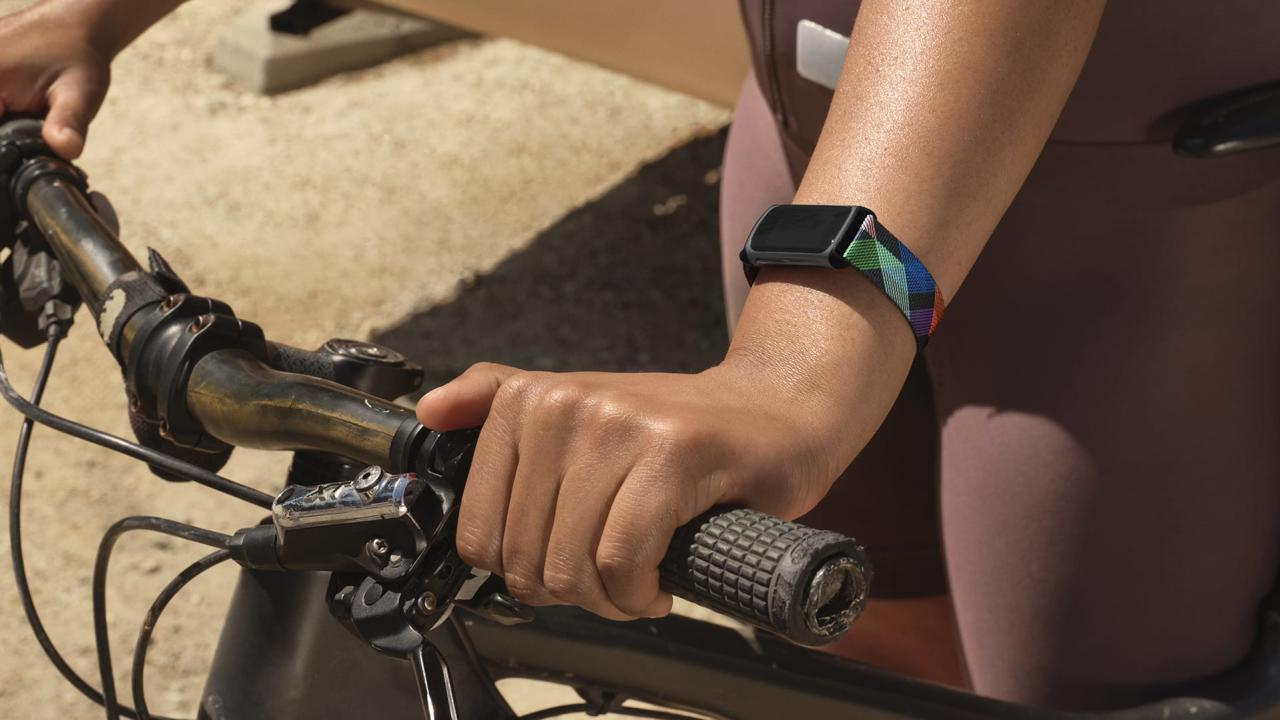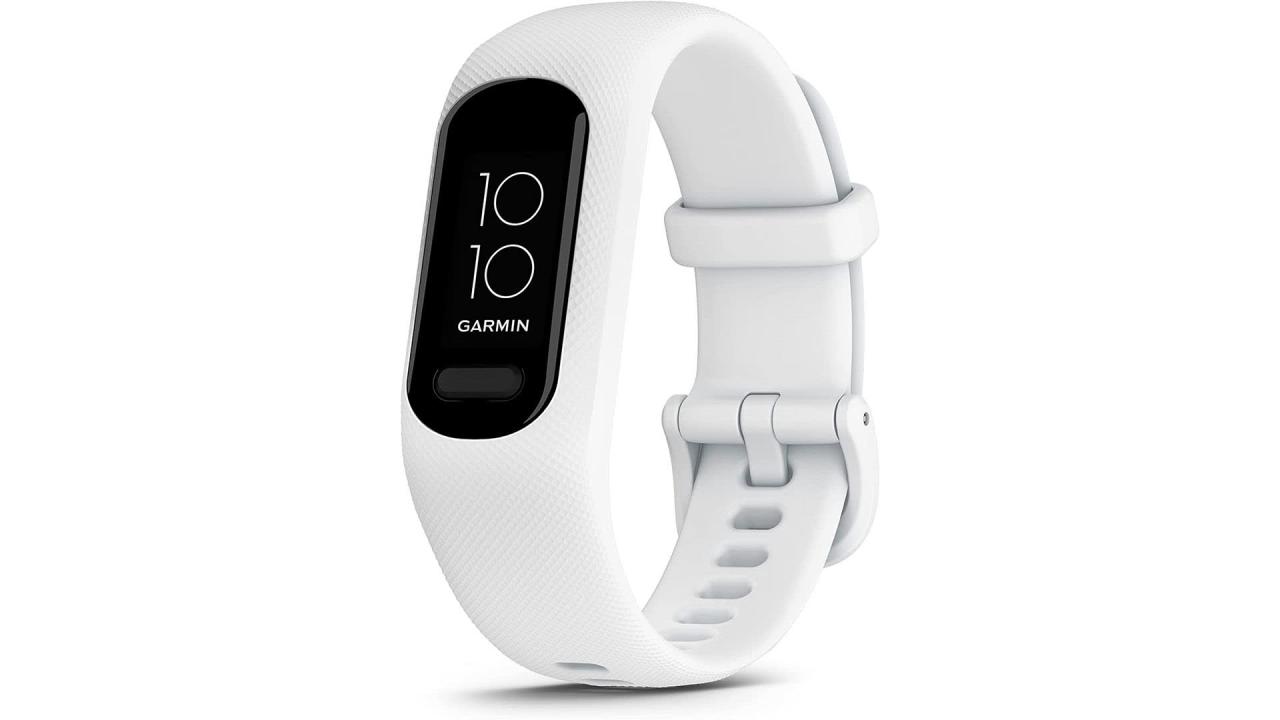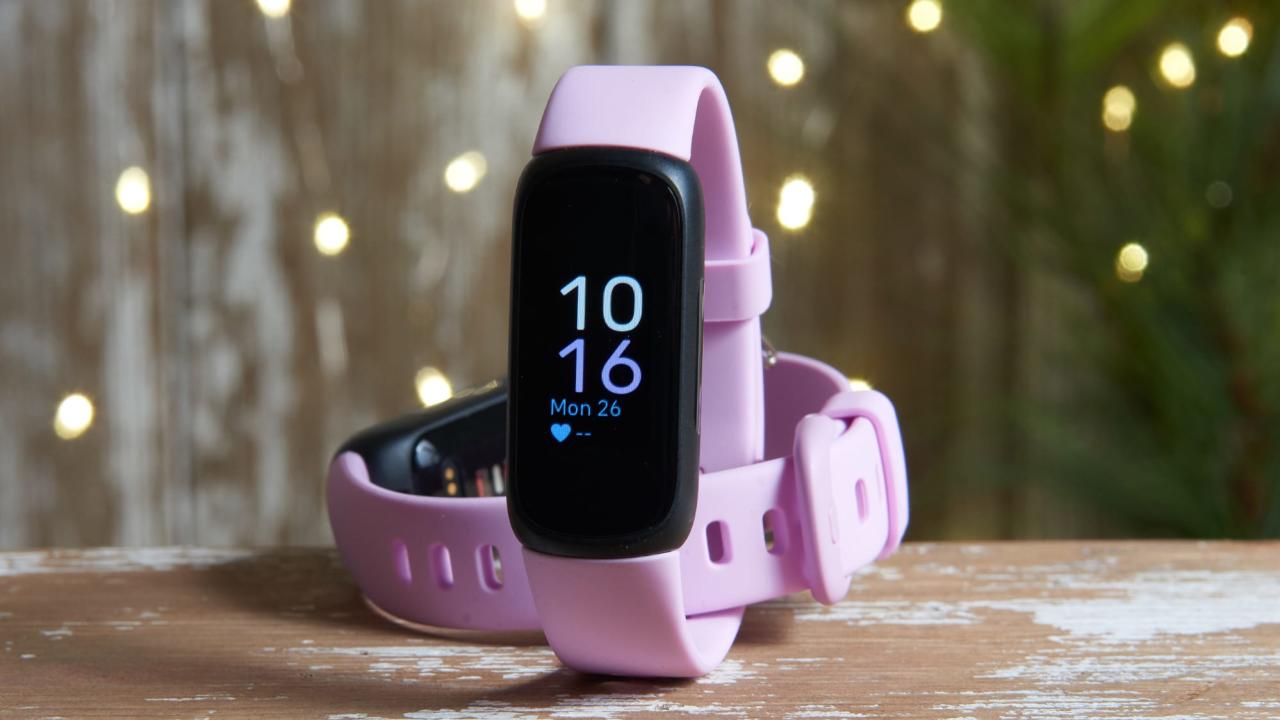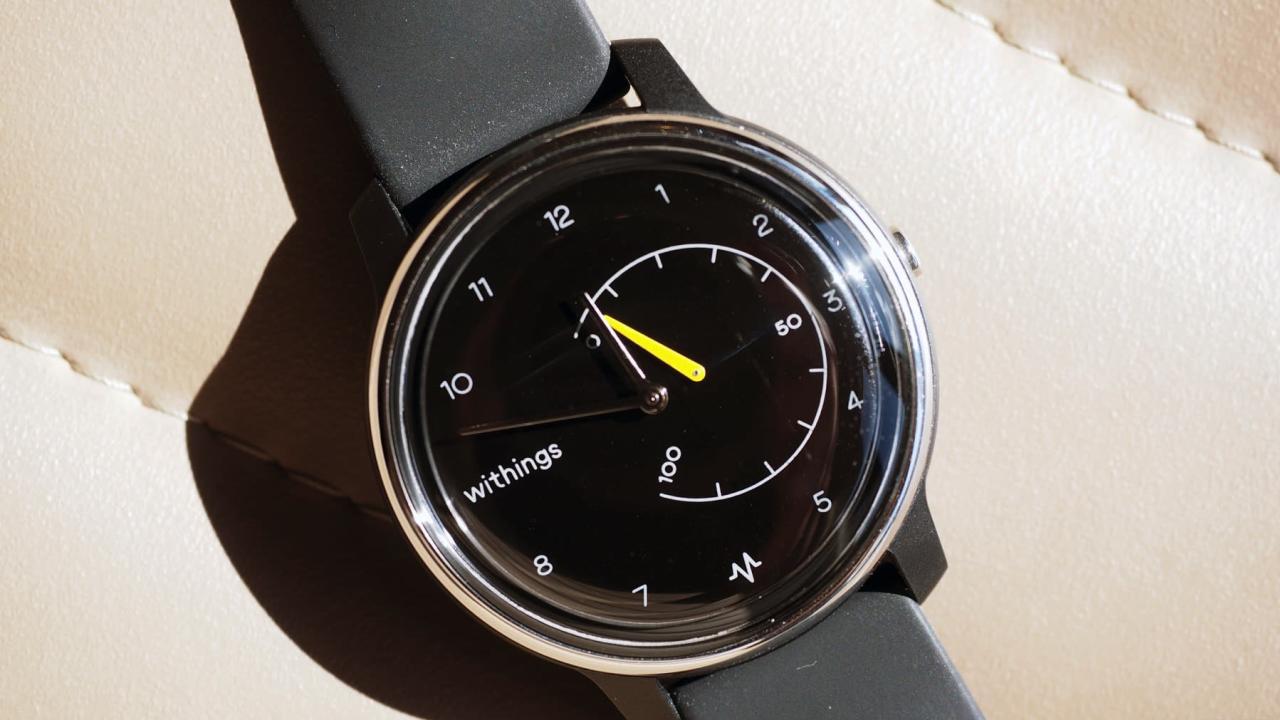The fitness tracker isn’t dead, and if you’re reading this, you’re probably one of the people keeping these little devices alive. Smartwatches like the Apple Watch and the Samsung Galaxy Watch have all but taken over the mainstream wearable space, but the humble fitness tracker remains an option for anyone that’s really focused on one thing: accurate workout and daily activity monitoring. Despite the overwhelming popularity of smartwatches, there are still a number of solid fitness bands out there to choose from. We’ve tested a bunch of the most popular fitness trackers available today to name our top picks.
What do fitness trackers do best?
The answer seems simple: Fitness trackers are best at monitoring exercise, be it a 10-minute walk around the block or that half marathon you’ve been diligently training for. Obviously, smartwatches can help you reach your fitness goals too, but there are some areas where fitness bands have proven to be the best buy: focus, design, battery life and price.
When I say “focus,” I’m alluding to the fact that fitness trackers are made to track activity well; anything else is extra. They often don’t have the bells and whistles that smartwatches do, which could distract from their health tracking abilities. They also tend to have fewer sensors and internal components, which keeps them smaller and lighter. Fitness trackers are also a better option for those who just want a less conspicuous device on their wrists all day.
Battery life tends to be better on fitness trackers, too. While most smartwatches last one to two days on a single charge, fitness bands offer between five and seven days of battery life — and that’s with all-day and all-night use even with sleep tracking features enabled
When it comes to price point, there’s no competition. Most worthwhile smartwatches start at $175 to $200, but you can get a solid fitness tracker starting at $70. Yes, more expensive bands exist (and we recommend a few here), but you’ll find more options under $150 in the fitness tracker space than in the smartwatch space.
When to get a smartwatch instead
If you need a bit more from your wearable, a smartwatch may be the best buy for you. There are things like on-watch apps, alerts and even more robust fitness features that smartwatches have and the best fitness trackers don’t. You can use one to control smart home appliances, set timers and reminders, check weather reports and more. Some smartwatches let you choose which apps you want to receive alerts from, and the options go beyond just call and text notifications.
But the extra fitness features are arguably the most important thing to think about when deciding between a fitness tracker and a smartwatch. The latter devices tend to be larger, giving them more space for things like GPS, barometers, onboard music storage and more. While you can find built-in GPS on select fitness trackers, it’s not common.
While we haven’t given the Fitbit Charge 6 the full review treatment yet, we feel confident recommending it as the successor to our previous top pick, the Charge 5. The company added a few new features to the mix here, namely a more accurate heart rate monitor, the ability to pair with exercise machines and a physical side button that can be used in tandem with the touchscreen to navigate the device’s interface. The Charge 6 has 20 exercise modes for tracking, and thanks to Fitbit’s parent company Google, you can skip through and control YouTube Music playback, provided you have a YouTube Music Premium subscription.
Otherwise, the Fitbit Charge 6 is very similar to the Charge 5 that came before it. Key to its appeal is that it’s decidedly not a smartwatch. That means it has a slightly lower profile on the wrist and lasts days on a single charge while tracking activity and monitoring your heart rate, step count and sleep. It also has a full-color AMOLED display and a relatively thin design, which makes it feel fairly premium when compared to other fitness trackers.
Other perks include contactless payments with Fitbit Pay and Google Wallet, plus a handy integration with Google Maps that lets you see turn-by-turn directions on your wrist. But make no mistake — built-in GPS remains the star of the show here. If you’re looking for a wearable that can accurately map out runs and bike rides while also keeping track of your heart rate and other stats during each workout, the Charge 6 is a great option.
- Built-in GPS
- More accurate heart rate monitor
- Seven-day battery life
- No integration with Apple Health
- Some data hidden behind Fitbit Premium paywall
A more subtle-looking fitness band alternative is the $150 Garmin Vivosmart 5. It’s thinner than the Fitbit Charge 6 and fits in a bit better with bracelets and other jewelry you might wear regularly. But its attractive design is only part of its appeal — Garmin knows how to track fitness, and the Vivosmart 5 is proof that you don’t need to drop hundreds on one of the company’s in-depth fitness watches to get a capable device.
It has a lot of the same features as the Charge 6, except for a built-in GPS. It does support connected GPS, though, so you can map outdoor runs and bike rides as long as you bring your phone with you. The Vivosmart 5 tracks all-day heart rhythm and activity, plus sleep data and workouts, and we’ve always appreciated how many workout profiles Garmin has to choose from. You can customize which show up on your device and change them whenever you want. You’ll also get additional health and wellness information like Garmin’s Body Battery score, which tells you how long after a hard workout you’ll need to wait until you can train at peak performance again, blood oxygen levels, sleep stage data, women’s menstrual cycle monitoring and more.
The biggest disadvantages to fitness tracking with the Vivosmart 5 are the aforementioned lack of built-in GPS, plus its slightly harder to use mobile app. But on the flip side, Garmin devices can sync with Apple Health, whereas Fitbit devices still don’t have that feature.
- Slim design
- Excellent workout tracking features
- Customizable on-device workout modes
- Syncs with Apple Health
- Connected GPS only
- Cumbersome mobile app
If you only have $100 to spare, the Fitbit Inspire 3 is the best fitness tracker option out there. It strips out all the luxury features from the Charge 6 and keeps only the essential tracking features. You won’t get built-in GPS tracking or Fitbit Pay or Spotify control but you do get excellent activity tracking, automatic workout detection, smartphone alerts and plenty more. The updated version has a sleeker design and includes a color touch display and connected GPS, the latter of which lets you track pace and distance while you run or bike outside while you have your phone with you.
The Inspire 3 is definitely the more fashionable out of the two Fitbit devices on this list. Its interchangeable bands let you switch up the look and feel of your tracker whenever you want, and it’s slim enough to blend in with other jewelry you might be wearing. We were also impressed by its multi-day battery life: Fitbit promises up to 10 days on a single charge, and that checked out for us. After four days of round-the-clock use, the Inspire 3 still had 66 percent battery left to go.
- Affordable
- Sleek design with color touchscreen
- Automatic workout detection
- 10-day battery life
- Connected GPS only
- No integration with Apple Health
All of the previously mentioned fitness trackers are attractive in their own way (bonus points to those that have interchangeable bands), but they share a similar look. There aren’t many alternative designs for these devices anymore. The $70 Withings Move watch is an exception, and one of the most traditionally fashionable fitness trackers you can get. It’s an analog watch face with a couple of health monitoring features including step, calorie, distance and sleep tracking, connected GPS, auto-recognition for more than 30 workouts and a water-resistant design. But we really love it for its long battery life: it’ll last up to 18 months before the coin cell needs a replacement.
- Attractive analog design
- All-day activity and sleep tracking
- Months long battery life





